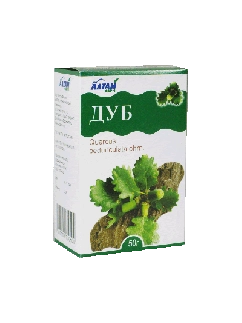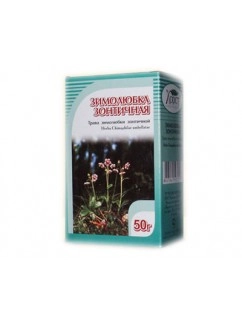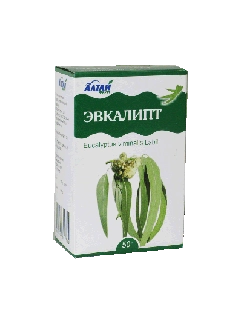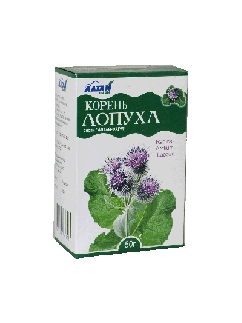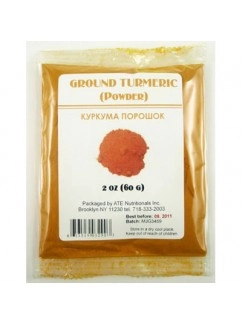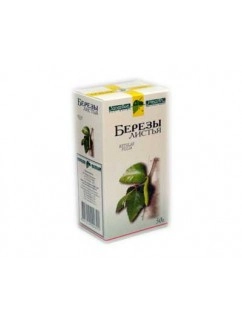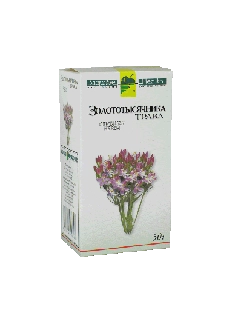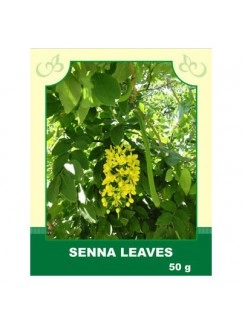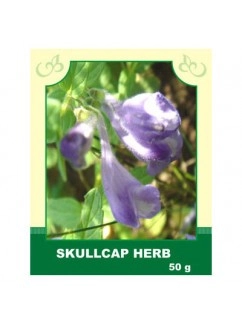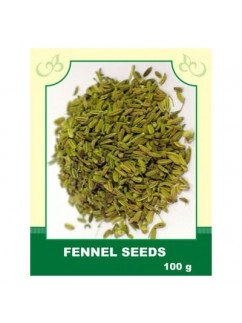Herbs
- Description. Oak bark is widely used as an effective astringent. Oak bark is rich in galic and ellgalic acids, quertecin, flobaphen, pictines and tannins. Tannins are thought to have an astringent action, meaning that they reduce tissue swelling and stop bleeding, and they are traditionally thought to be useful for diarrhea. It has antiphlogistic, haemostatic, and antiseptic properties. Oak bark is often used topically for various skin disorders.
Use. Currently herbalists recommend oak bark internally for treatment of diarrhea, gastric and intestinal bleeding; and topically for sore throat, mouth sores, hemorrhoids, and eczema, burns, acne, hemorrhoids and bedsores. An important healing component in the smooth bark of the oak tree is its tannin, which has astringent and mildly antiseptic qualities. The tannin is what makes oak bark valuable for minor wounds and inflammation, for tightening tissue and lessening oozing. Oak Bark water infusion is an effective wash for uro-genital diorders.
Attention! Before using any herbal products, make sure that you have full knowledge of how the herb works and any adverse reaction it may cause.$6.99 - zimolyubka antiseptic, anti-inflammatory, antispasmodic, diuretic, choleretic, analgesic, astringent and wound-healing effect, and also lowers blood sugar and regulating effect on the menstrual cycle.$7.99
- Description. Native to Australia, the Eucalyptus is a traditional Aboriginal remedy for a variety of ailments. Today, it is used worldwide for many common problems. Eucalyptus leaves contain volatile oils, tannins, organic acids. Eucalyptus is antiseptic; it reduces muscle tension and spasms; expectorant; stimulant; reduces or prevents fever. Externally, the antiseptic, slightly anesthetic, anti-bacterial, and warming properties of Eucalyptus make it a valuable resource treatment of burns, sores, ulcers, scrapes, boils, and wounds.
Use. Internally, Eucalyptus appears to help relieve symptoms of colds, flu, chest congestion, sore throat, bronchitis, pneumonia, and respiratory infections. For internal use, Eucalyptus can be made into a tea or tincture. Teas can also be used as a gargle for relief of sore throat. Externally, the antiseptic, slightly anesthetic, anti-bacterial, and warming properties of Eucalyptus make it a valuable for burns, sores, ulcers, scrapes, boils, and wounds. Applied topically as an oil or ointment, it also helps relieve the pain of rheumatism, aching, pains, stiffness, and neuralgia. For outdoor enthusiasts, Eucalyptus rubbed into the skin seems to work well as an insect repellant. Rubbed into the chest, it relieves congestion and cough.
Attention! Before using any herbal products, make sure that you have full knowledge of how the herb works and any adverse reaction it may cause.$6.99 - Burdock Root is one of the foremost cleansing herbs, providing nourishing support for the blood, the liver, and the natural defense system. Its rich in Vitamins B1, B6, B12, and E, plus manganese, copper, iron, zinc, sulfur, and more. Youll find Burdock Root in many tonic formulas and special blends designed for internal cleansing. In traditional herbal texts, Burdock Root is described as a blood purifier or alterative, and was believed to clear the bloodstream of toxins. The herb contains polyacetylenes that have both anti-bacterial & anti-fungal properties. Burdock Root contains high amounts of inulin and mucilage. This may explain its soothing effects on the gastrointestinal tract. Bitter constituents in the root may also explain the traditional use of Burdock to improve digestion.$6.99
Internally, it helps to thin the blood, which stimulates a decrease in blood pressure; improves appetite, cleanses the body; supports liver function as a natural antioxidant; helps regulate weight.
Method of application and dosage: Prepare a drink with milk, adding this ingredient and ginger. Pour a quarter cup of water into a saucepan. Add half a small spoonful of turmeric and a whole spoonful of ground ginger. Mix everything and add a cup of milk. Bring to a boil over low heat. To taste, you can add a little honey and a pinch of cinnamon. It's better to consume such a healing drink before bedtime.
Externally applied for gargling with SARS, wrapping for weight loss.
Method of use and dosage: For SARS, add 1 tsp of salt and ½ tsp of turmeric powder to 400 ml of warm water for gargling. For wrapping: in 100 g of blue clay, diluted with water, add 1 tbsp of yellow powder, 1 tsp of cinnamon. Then add 8 drops of grapefruit, lemon, or orange essential oil. Apply to steamed clean skin, wrap not too tightly with film, cover with a blanket. After 40 minutes, remove with cool water. Repeat once a week for a course of 4-5 times.
Contraindications: pregnancy; individual intolerance; contraindicated in gastritis and pancreatitis patients; the daily intake dose is 1.5 tsp; do not take this seasoning along with other medications.
$5.99Internally, infusion and decoction from birch leaves are used as a diuretic, for disorders of the nervous system, jaundice, as an anti-inflammatory and vitamin remedy, for atherosclerosis, and rheumatism.
Method of application and dosage: Decoction: 2 tablespoons of birch leaves are brewed in 500 ml of boiling water, boiled for 15-20 minutes, strained, and taken throughout the day. Infusion: a tablespoon of birch leaves per 250 ml of boiling water, infused for 3-4 hours, strained, taken 1/2 cup twice a day.
Externally, for joint diseases, compresses from fresh leaves applied to the area of affected joints or baths from a decoction of leaves are used.
Contraindications: Individual intolerance.
$6.99Internally, it is used as an infusion for gastric catarrh, heartburn, constipation, flatulence, to stimulate appetite, and improve peristalsis of the digestive organs. It is also used for liver diseases, insufficient bile secretion, and diabetes.
Method of application and dosage: Steep 1-2 teaspoons of dry, crushed herb in 2 cups of boiling water, let it infuse for 10 minutes; take three times a day, half an hour before meals, 1 tablespoon each time.
Externally, the infusion can be used for skin rashes and slow-healing wounds.
Contraindications: Individual intolerance. Overdose may lead to gastrointestinal upset.
$7.99Внутрь: принимают в качестве слабительного средства при атонии толстого кишечника, хронического запора, для регулировки стула при геморрое, проктите, анальных трещинах. Считается эффективным средством для похудения.
Способы применения и дозы: 1/2-1 ст. ложку сырья заливают кипятком, настаивают до остывания. Принимают по 1/4 - 1/2 стакана на ночь.
Противопоказания: Индивидуальная непереносимость, избегать длительного употребления; не применять при беременности, кормлении грудью и непроходимости кишечника.
$5.99Internally. The main purpose of motherwort is to regulate blood pressure. Motherwort preparations dilate blood vessels, slow down the rhythm of heart contractions, eliminate headaches and insomnia, lower blood pressure associated with atherosclerosis, prevent seizures, and slow down the functional activity of the nervous system.
Method of application and dosage: Tincture of 25 drops 3 times a day before meals.
Contraindications: Individual intolerance, pregnancy, breastfeeding.
$8.99Internally: Fennel fruits are prescribed for spasmodic colitis, flatulence, to improve appetite, digestion, bile secretion, as well as for diseases of the biliary and urinary tracts and other diseases. The infusion is especially often prescribed in pediatrics (in the form of dill water) for abdominal pain in children; for bronchitis and diseases of the upper respiratory tract; for lactation in breastfeeding women.
Method of application and doses: 2 tablespoons of fennel seeds are poured with 200 ml of boiling water, boiled in a water bath for 15 minutes, infused at room temperature for 45 minutes, strained. The ready infusion is brought to the original volume and taken in 1/3 cup 3-4 times a day.
Externally: Gives a good therapeutic effect in the treatment of fungal skin diseases.
Contraindications: Individual intolerance.
$6.99


